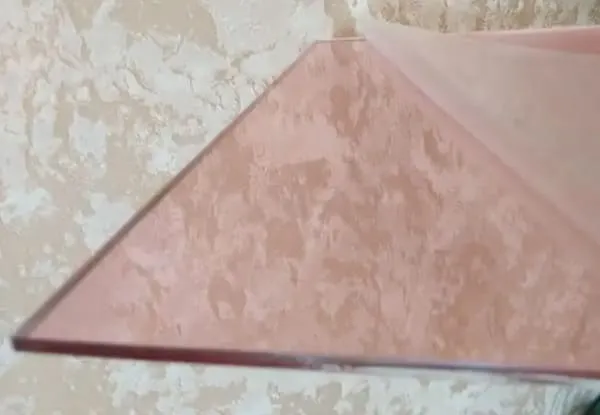
Is PMMA Plastic Toxic?
October 7, 2024
What is PEI Plastic?
October 7, 2024Introduction to PMMA and Acrylic
PMMA, or polymethyl methacrylate, is a specific type of acrylic plastic. Often, the terms “PMMA” and “acrylic” are used interchangeably, but there are important distinctions between them.
Definition of PMMA
Chemical Composition
PMMA is a synthetic polymer made from the polymerization of methyl methacrylate. Its chemical structure gives it unique properties such as clarity and impact resistance.
Uses
PMMA is commonly used in applications like optical lenses, aquariums, and medical devices due to its durability and transparency.

Definition of Acrylic
Broader Category
Acrylic is a broader term that encompasses various types of acrylic materials, including PMMA. It refers to any plastic made from acrylic acid or its derivatives.
Types of Acrylic
Acrylic materials can include variations like polyacrylics and other copolymers, each with distinct properties and applications.
Key Differences
Properties
While PMMA is known for its high clarity and UV resistance, other types of acrylic may have different characteristics, such as varying levels of flexibility and strength.
Applications
PMMA is often preferred for high-clarity applications, while other acrylics may be used in situations where flexibility or specific physical properties are needed.
Conclusion
In summary, PMMA is a type of acrylic, specifically known for its transparency and durability. Understanding the difference between PMMA and other acrylic materials can help in selecting the right product for specific applications.






